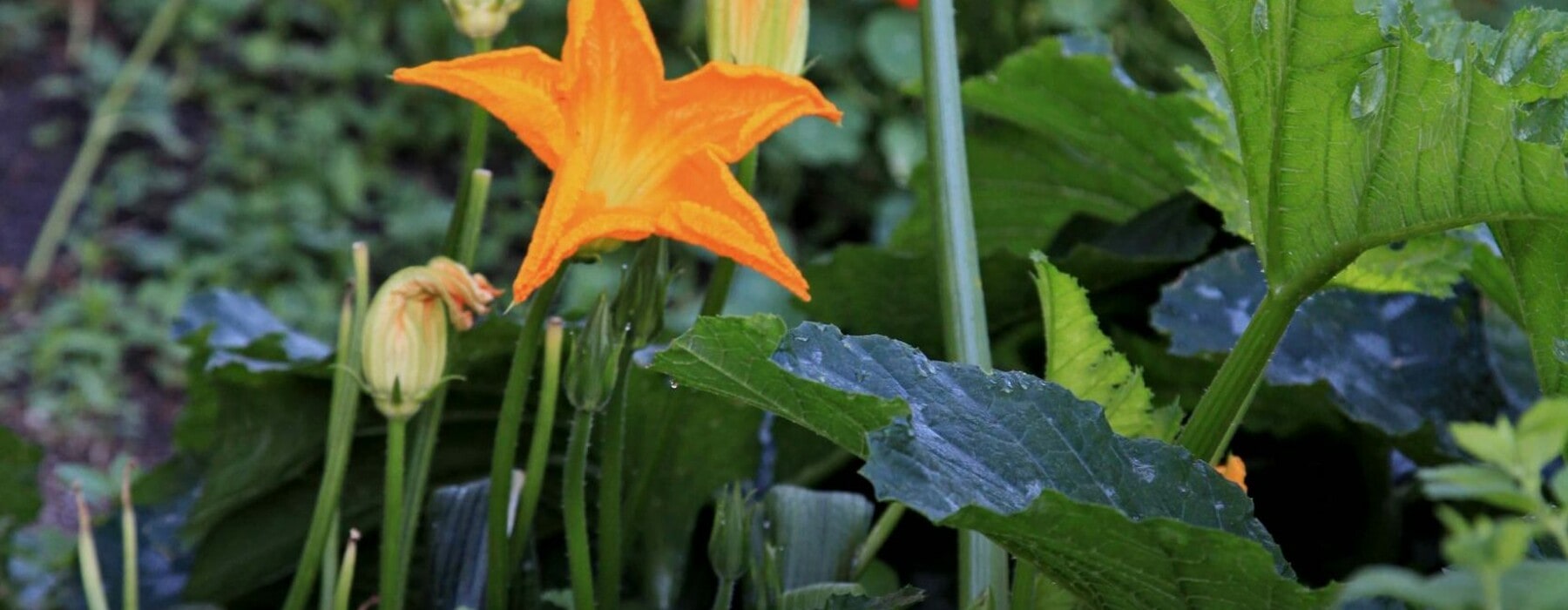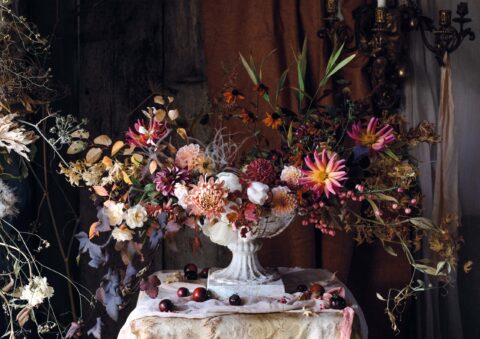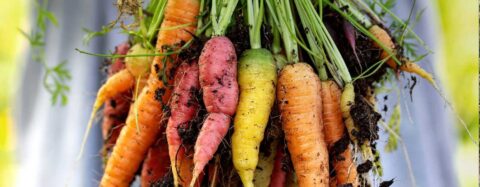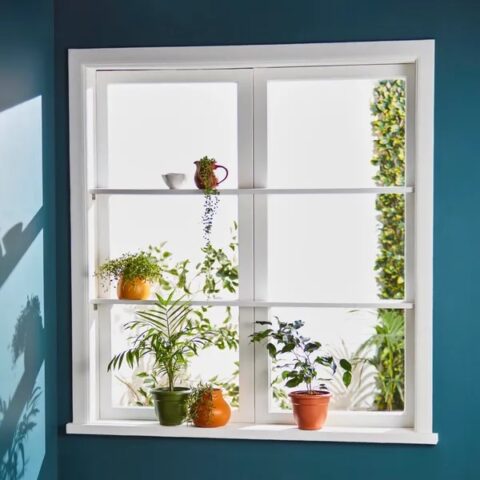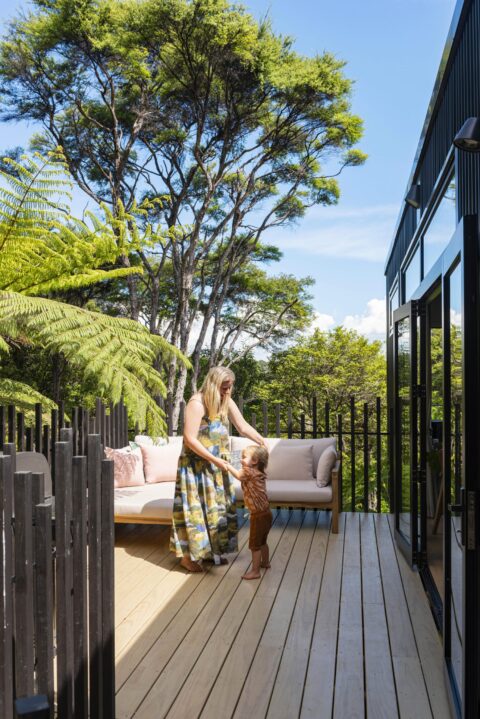Cultivate your own delicious backyard food empire.
As well as epitomising 1950s and 60s chic and owning a pet fawn, the film star Audrey Hepburn loved growing plants, and once said, “Having a garden is to believe in tomorrow.” As we grapple with life in the time of Covid, growing and harvesting our own food gives us a wonderful sense of agency over our lives – plus there’s nothing more satisfying than the grassy-green smell of a freshly picked tomato or watering your garden on a summer evening while snacking on beans picked straight from the vine.
Not only is November one of the prettiest months in the garden, it’s also full of promise, being the eve of summer, when soil temperatures are finally warm enough for heat-loving crops such as tomatoes, cucumbers and capsicums to get going.
Do your groundwork
Before you even think about planting or sowing, remember that fruiting summer edibles, such as tomatoes and beans, need to have at least six hours of full sun a day, and crops that like it really hot, such as eggplants, need around eight. If all your garden is partially shaded, then leafy vegetables like lettuce, silverbeet and kale can cope with less sunlight. If your only sunny spot is a patio, grow sun-loving vegetables in pots there – just make sure you provide them with a decent-sized pot with good- quality potting mix that includes a wetting agent.
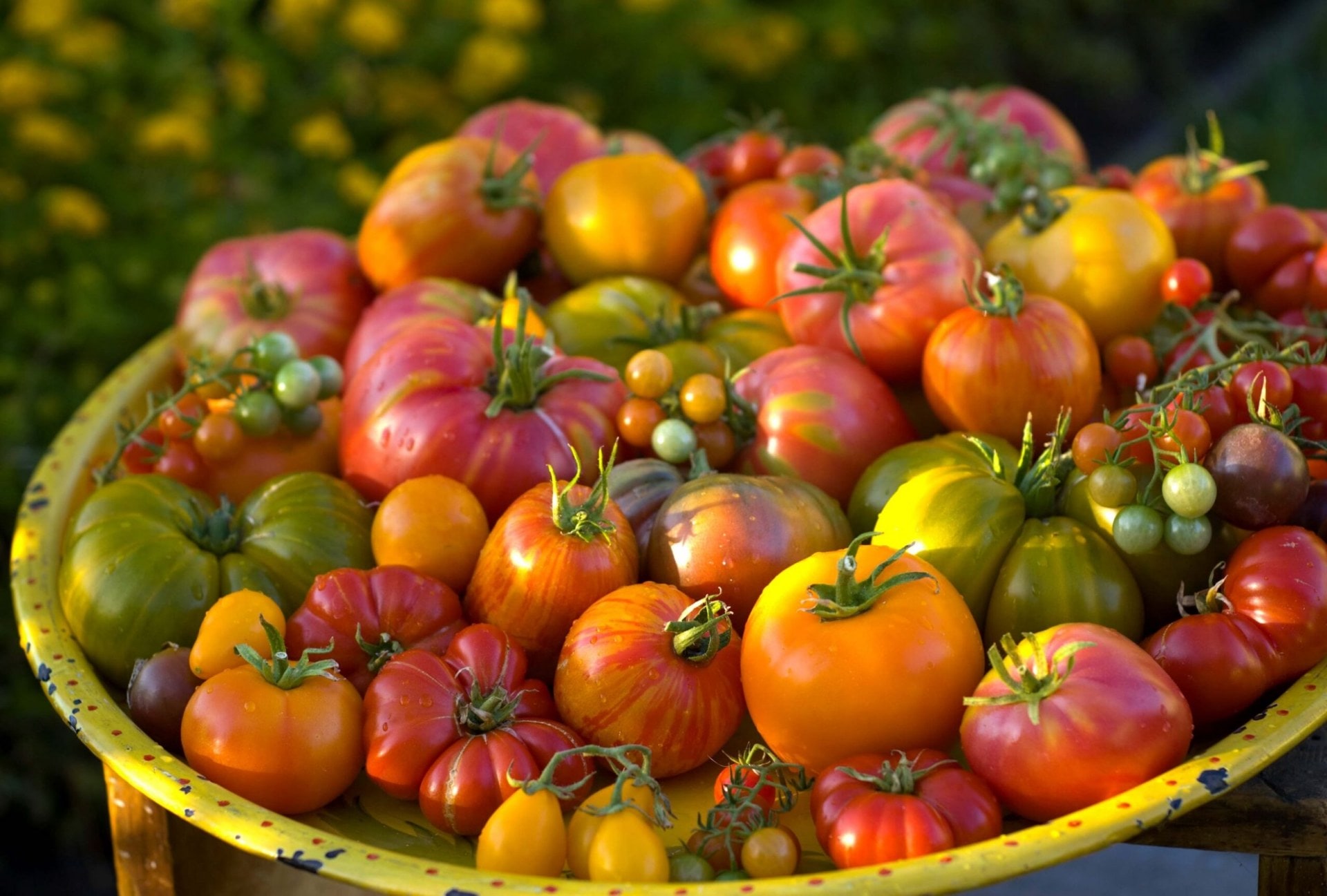
If you’re planning to grow vegetables in the garden or in raised beds, enrich your soil with lots of organic matter first so that plants have a nutrient-dense diet of minerals available to them and to nurture the ecosystem of microorganisms that live in your soil and will in turn feed your plants. Compost is an excellent start. However, keep in mind that it’s a soil conditioner rather than a growing medium, so if you’re filling raised beds, aim for two-thirds compost with one-third plant mix (choose a vegetable-specific one) on top. To that, add well-aged manure, such as sheep pellets, and if you like, a fertiliser such as blood and bone. If you’re digging a new vegetable garden in your lawn, your soil will already be rich in nitrogen from the grass.
Seeds or seedlings?
At this time of year, most crops can be grown from seed as well as from seedlings. However, it’s better to start with seedlings for crops such as watermelon and eggplant, which need a long, hot summer to produce fruit. Although sowing from seed means you can grow a wider range of plant varieties than are available at the garden centre, if you only want three or four of each type of edible, you’re better off buying seedlings rather than packet of 50 seeds that might not be viable in a year’s time.
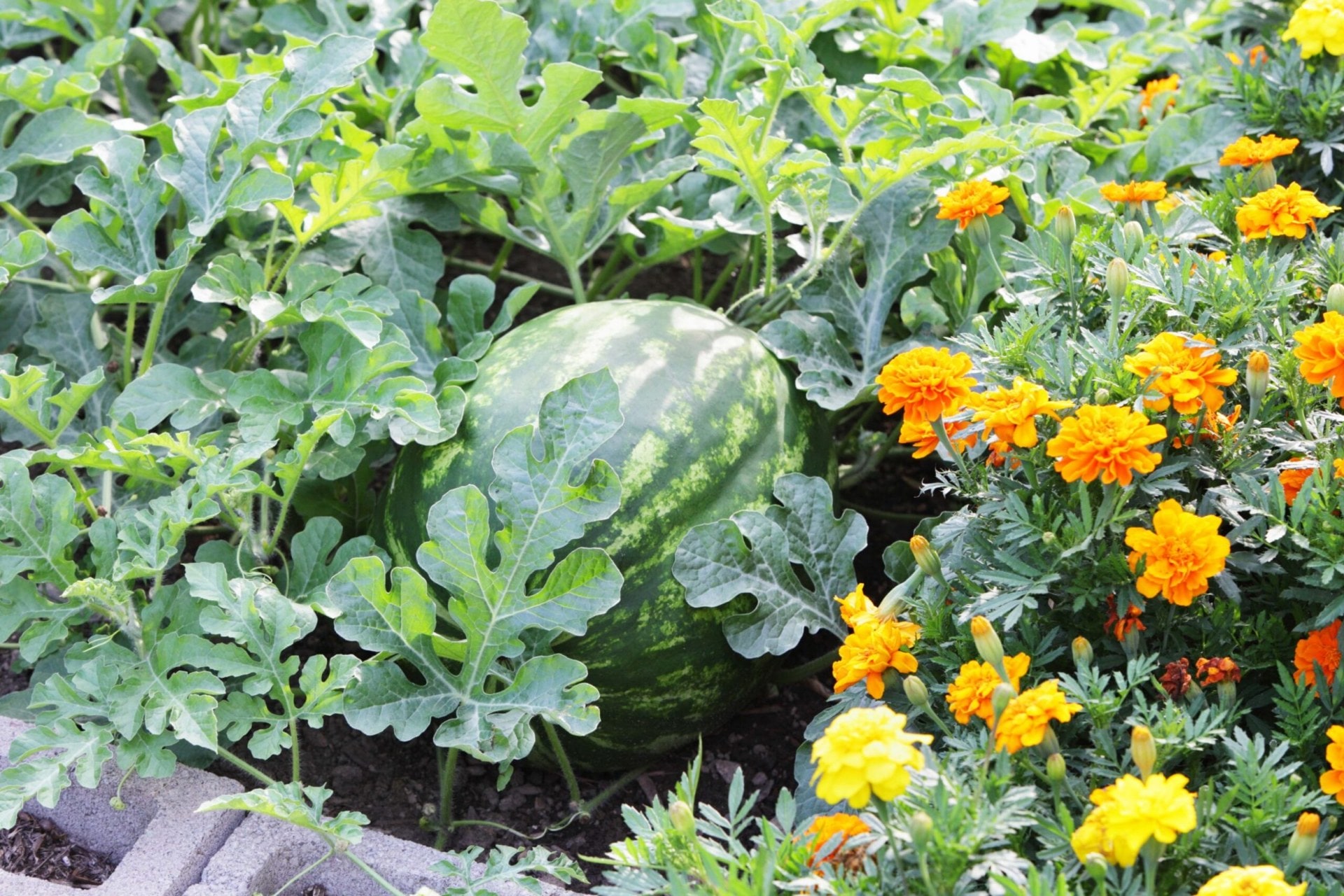
Water is life
Thirsty summer crops will stop growing during long dry periods without water and are more susceptible to pests. Unless you have a drip-feeder installed, water your vege garden deeply two to three times a week rather than frequent shallow waterings. You want to wet more than the top layer of soil. This encourages plants to send their roots down deeper to access the moisture rather than developing shallow root systems, which make them less resilient. Pots, on the other hand, require daily watering as they dry out quickly – set a reminder on your phone if you struggle to remember. Consider installing a rainwater-harvesting system so you’re utilising a free resource rather than draining local water supplies during droughts.
Meet your new BFF: mulch
Just as soil is covered by leaf litter or plants in nature, garden soil shouldn’t be bare either. Mulch locks moisture into the soil and prevents it from drying out. A variety of materials can be used as mulch but in the vege garden some of the best options are pea straw, a thin layer of grass clippings, or wilted weeds (remove any flowers so they don’t drop seeds).
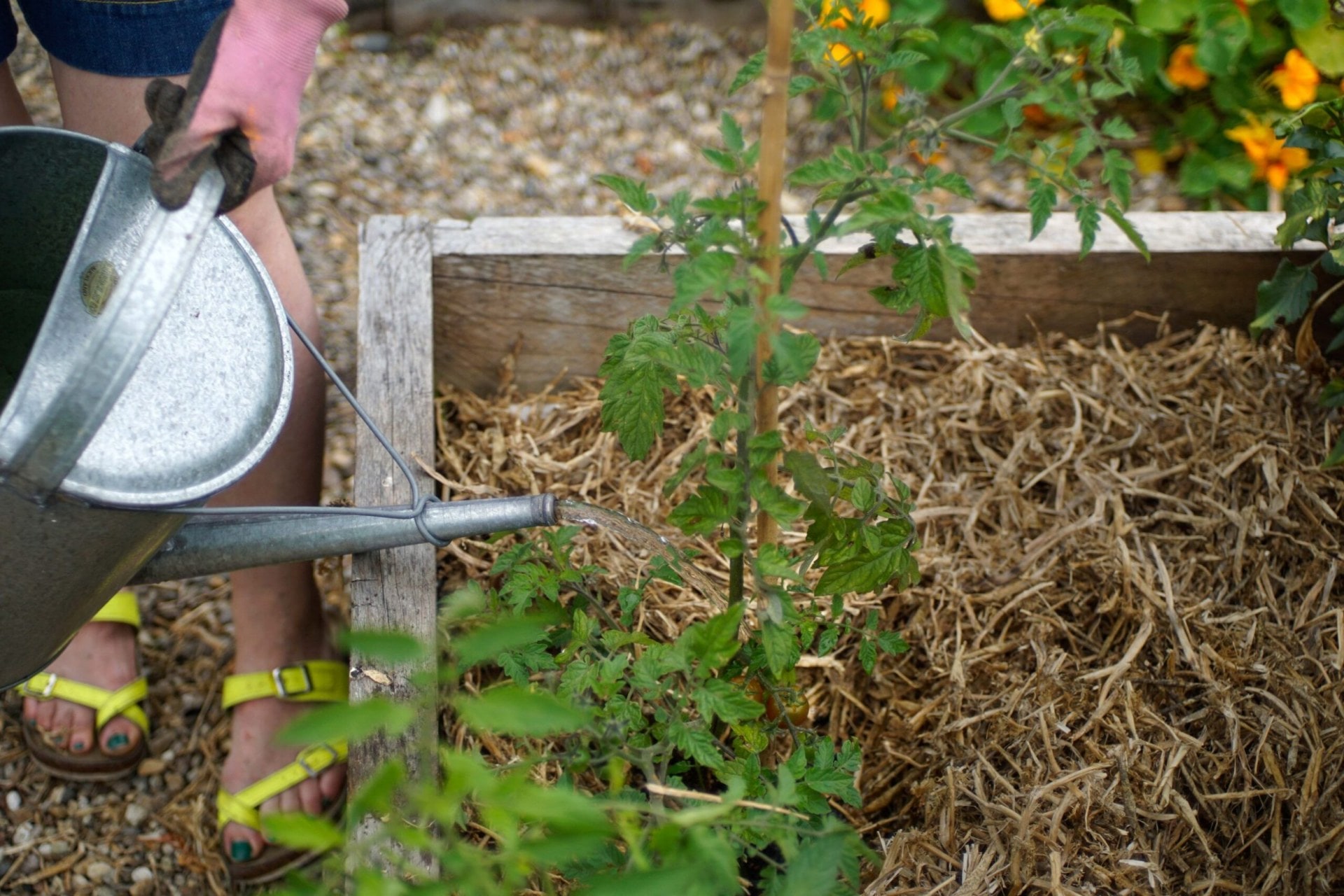
Or plant a living mulch of flowering plants around your crops, such as calendula, comfrey and borage – they’ll cover the soil and attract pollinators. Always water your garden well before laying mulch, so you’re not locking in dryness, and leave a couple of centimetres between mulch and plant stems to prevent them from rotting.
IMAGE VIA SALLY TAGG, GETTY, JACOB LEAF

